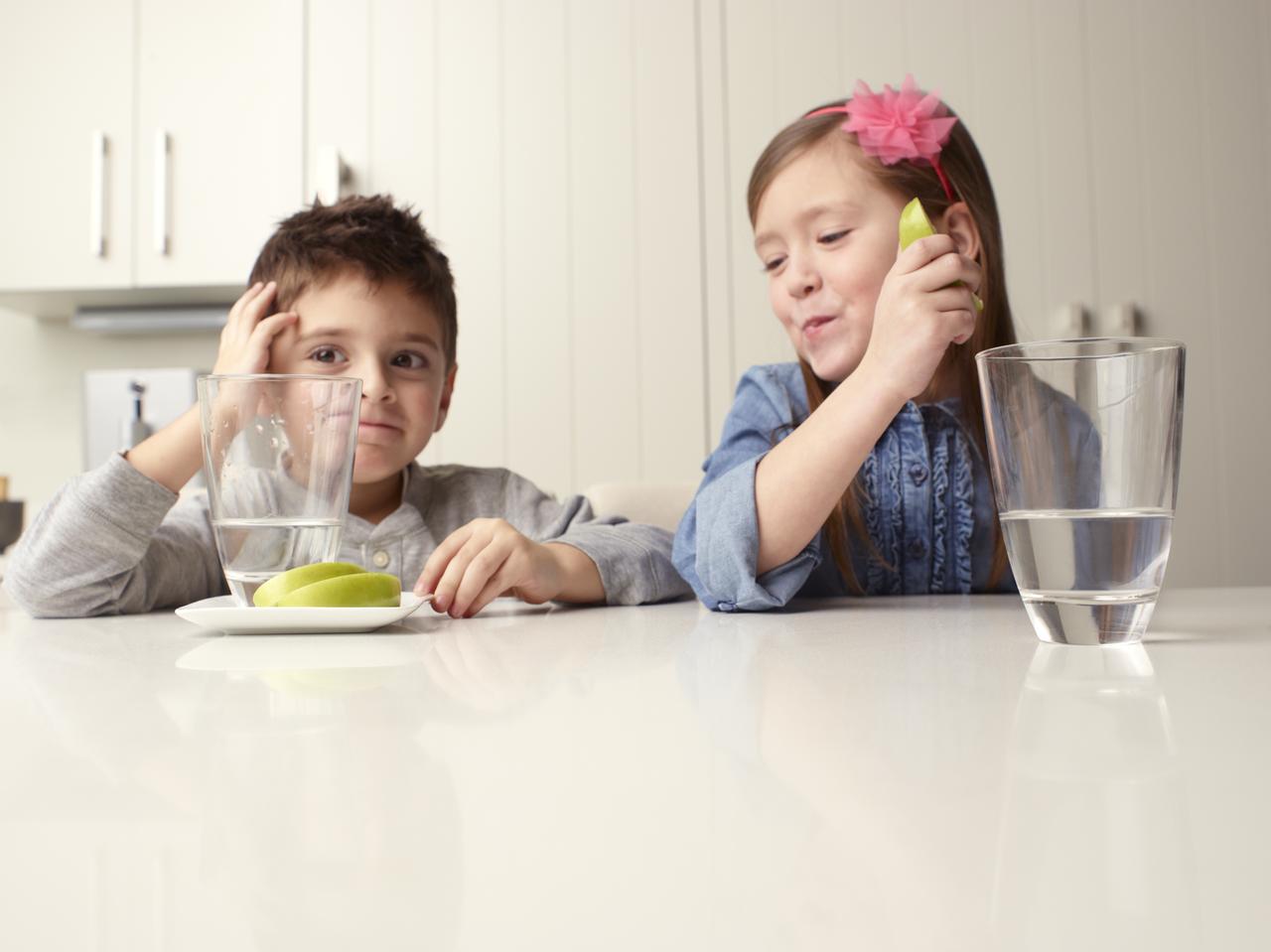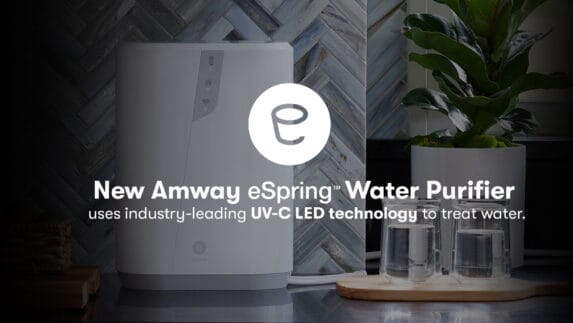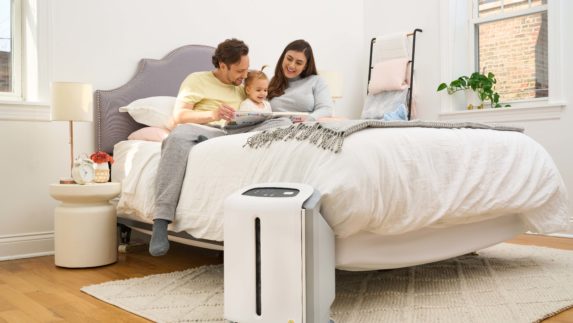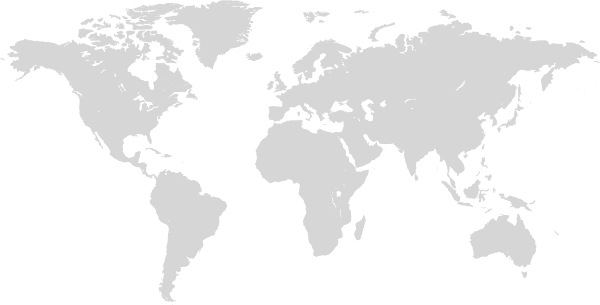Creating a safer, more environmentally responsible home is a process. Often, people have good intentions but they need simple suggestions to investigate technology and develop habits with products that perform just as well as harsher products they’ve been using. Home drinking water, indoor air and cleaning routines are three areas where people can influence their families’ wellness. Here are simple steps anyone can take to make their home environment safer.
Drinking water. Did you know that your family drinks only about 1 percent of the water you use in your home? For many people, this more precious 1 percent may merit additional scrutiny and treatment to ensure the highest quality water is served in every glass.
While each household may face unique water challenges (such as “hardness”), there can be great value in a treatment method that effectively eliminates a wide range of potential contaminants, microorganisms and disinfection byproducts. The Water Quality Association recommends using systems that economically treat potential health-effecting contaminants (which are not reduced by systems like “water softeners”) right at the tap to ensure that precious 1 percent of water your family drinks is of the highest quality.
Roy Kuennen, PhD, vice president of durables research and development for Amway, added that tap water can potentially pick up contaminants anywhere along its journey to your faucet, and you can’t always taste or smell them. “It makes sense to focus intensively on potential contaminants left in your drinking water right at the faucet with a ‘final barrier’ system,” Kuennen said.
Kuennen recommends looking for a home water treatment system that has been independently verified to reduce a wide variety of potential waterborne contaminants for safer water with better taste, odor and clarity.
“The eSpring™ Water Treatment System has been certified by NSF International to effectively reduce more than 160 contaminants, including 145 potential health-effect contaminants – more than any other NSF-certified carbon filtration/ultraviolet (UV) light treatment point-of-use system,” he said. “Its UV light destroys more than 99.99 percent of waterborne disease-causing bacteria and viruses. The system makes having better tasting, higher quality water in the home simple and virtually carefree for the user.”
Indoor air. There’s plenty you can do to improve the quality of the air in your home, according to the US Environmental Protection Agency (EPA), which is known and respected globally for its focus on human and environmental safety.
“We often think of outdoor pollutants when we think of poor air quality, but the EPA says the air indoors is two to five times more contaminated than outdoor air,” said Gregory Evans, a product research scientist at Amway.
The top concerns are odors, allergens and chemicals. The EPA recommends three strategies for improving indoor air:
Control sources. Keep humidity levels between 30 percent and 50 percent. Vacuum carpets and furnishings using a high-efficiency filter vacuum, mop floors and dust surfaces frequently. Thoroughly clean and dry or replace water-damaged carpet, furniture and building materials.
Improve ventilation. Use exhaust fans in bathrooms and kitchens and properly vent damp air from crawlspaces and attics.
Use an air filtration system. “The most effective air filter systems meet US government standards for HEPA (High Efficiency Particulate Air), which means they remove 99.97 percent of all particles greater than 0.3 micrometer from the air that passes through,” said Evans.
“The Atmosphere™ Air Treatment System exclusively from Amway effectively reduces 94 different airborne contaminants in seven different categories: allergens, bacteria, fungal spores, viruses, pollen, minerals and chemicals, for safer, cleaner home air at the touch of a button,” said Evans. “It eliminates up to 99.99 percent of airborne particles as small as .009 micron that pass through the system, exceeding the standards set by the U.S. government for HEPA filtration of particles.”
Atmosphere™ is the world’s number-one selling brand of premium home air treatment systems based on a Verify Markets study of 2013 global sales. (Premium is defined as products priced over $600 USD.) Plus, it is ENERGY STAR™ Qualified1.
Cleaning routines. We all equate a sparkling clean home with a healthy home, but many cleaning products can be harmful to your family’s health – as well as to the environment. Mixing common cleaners can be especially dangerous; mixing bleach, for example, with ammonia or acidic cleaners like toilet bowl cleaners releases poisonous gasses.
“There are many safer alternatives that perform just as well,” said Doug Feenstra, supervisor of home care formulation at Amway. “Look for products that won’t add harmful or irritating chemicals, such as volatile organic compounds (VOCs) or chlorine, to your air, surfaces and clothing.
“A great way to distinguish these products is to look for the US EPA Design for the Environment seal on the package,” Feenstra continued. “Although it’s not a product endorsement, the Design for the Environment designation helps consumers, businesses and institutional buyers around the world identify cleaning and other products that perform well and are safer for human health and the environment.”
Amway Home™ and Legacy of Clean™ laundry, dish and surface care products are safe for your family and gentler for the planet without compromising cleaning performance. They are made with ingredients derived from natural sources like coconuts, citrus fruits and minerals. They are biodegradable, phosphate-free and chlorine-free, and won’t cause skin irritation when used as directed. Most carry the Design for the Environment seal.2
1 Trademark: ENERGY STAR is a registered mark owned by the US government.
2 EPA/DfE recognition does not constitute endorsement of any products. The Design for the Environment logo signifies that the product formulas, as Amway has represented them to the EPA, contain ingredients with more positive health and environmental characteristics than conventional cleaners. EPA/DfE relies solely on Amway, its integrity and good faith, for information on the composition, ingredients, and attributes of the products. EPA/DfE has not independently identified, i.e., via chemical analysis, the ingredients in the products’ formulas, nor evaluated any of Amway’s non-ingredient claims. EPA/DfE provides its evaluation only as to the environmental and human health characteristics of the products, based on currently available information and scientific understanding.




